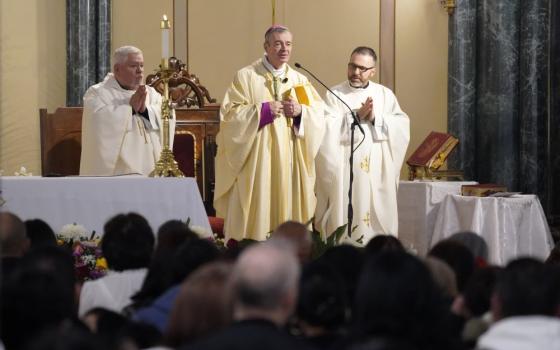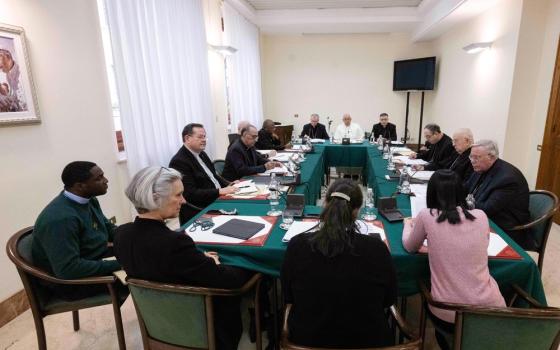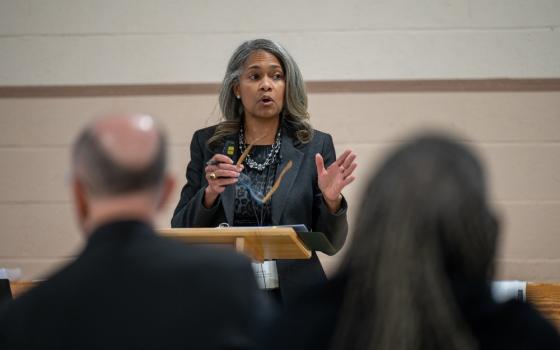ALL THAT WE SHARE
A FIELD GUIDE TO THE COMMONS
By Jay Walljasper, with an introduction by Bill McKibben
Published by The New Press, $18.95
The commons were traditionally defined as the elements of the environment -- forests, atmosphere, rivers, fisheries or grazing land -- that are shared,  used and enjoyed by all. Today, the commons are also understood within a cultural sphere. These commons include literature, music, arts, design, film, video, television, radio, information, software and sites of heritage. The commons can also include “public goods” such as public space, public education, health and the infrastructure that allows our society to function (such as electricity or water-delivery systems). There also exists the “life commons,” e.g., the human genome.
used and enjoyed by all. Today, the commons are also understood within a cultural sphere. These commons include literature, music, arts, design, film, video, television, radio, information, software and sites of heritage. The commons can also include “public goods” such as public space, public education, health and the infrastructure that allows our society to function (such as electricity or water-delivery systems). There also exists the “life commons,” e.g., the human genome.
The commons are the social and political space where things get done and where people have a sense of belonging and have an element of control over their lives, providing sustenance, security and independence. The commons refers to a wealth of valuable assets that belong to everyone, ranging from clean air to wildlife preserves, to the judicial system to the Internet. Some are new, like Wikipedia; some are ancient, like colorful words and phrases from the world’s languages.
All That We Share: A Field Guide to the Commons is a new book that will introduce you to the idea of the commons and explore it at length. Its author, Jay Walljasper, is former longtime editor of Utne Reader and now works as an editor for On the Commons, a commons movement strategy center, connecting organizations, community leaders and individuals with new ideas, practical solutions and each other to create change. OntheCommons.org
“Welcome to the commons,” Walljasper writes. “The term may be unfamiliar, but the idea has been around for centuries. The commons is a new use of an old word, meaning ‘what we share’ - and it offers fresh hope for a saner, safer, more enjoyable future. The commons refers to a wealth of valuable assets that belong to everyone. Some are bestowed to us by nature; others are the product of cooperative human creativity. Certain elements of the commons are entirely new -- think of Wikipedia. Others are centuries old-like colorful words and phrases from all the world's languages. Anyone can use the commons, so long as there is enough left for everyone else.
“Finite commons, such as natural resources, must be sustainably and equitably managed. But many other forms of the commons can be freely tapped. Today’s hip-hop and rock stars, for instance, ‘appropriate’ the work of soul singers, jazz swingers, blues wailers, gospel shouters, hillbilly pickers, and balladeers going back a long time -- and we are all richer for it. That’s the greatest strength of the commons. It's an inheritance shared by all humans, which increases in value as people draw upon its riches.
“At least that's how the commons has worked throughout history, fostering democratic, cultural, technological, medical, economic, and humanitarian advances. But this natural cycle of sharing is now under assault. As the market economy becomes the yardstick for measuring the worth of everything, more people are grabbing portions of the commons as their private property. Many essential elements of society ---from ecosystems to scientific knowledge to public services-are slipping through our hands and into the pockets of the rich and powerful.
“The good news is that people all around us are beginning to take back the commons. Neighbors rising up to keep their library open, improve their park, or find new funding for public schools. Greens fighting the draining of wetlands and the dumping of toxic waste in inner-city neighborhoods. Digital activists providing access to the Internet in poor communities and challenging corporate plans to limit access to information. Indigenous people instilling their children with a sense of tradition and hope. Young social entrepreneurs and software engineers seeking new mechanisms for people to share ideas.”
The book contains articles by leading visionaries, such as Robert F. Kennedy, Jr., Robert Reich, Maude Barlow, Enrique Penalosa, Lewis Hyde and Winona LaDuke.



